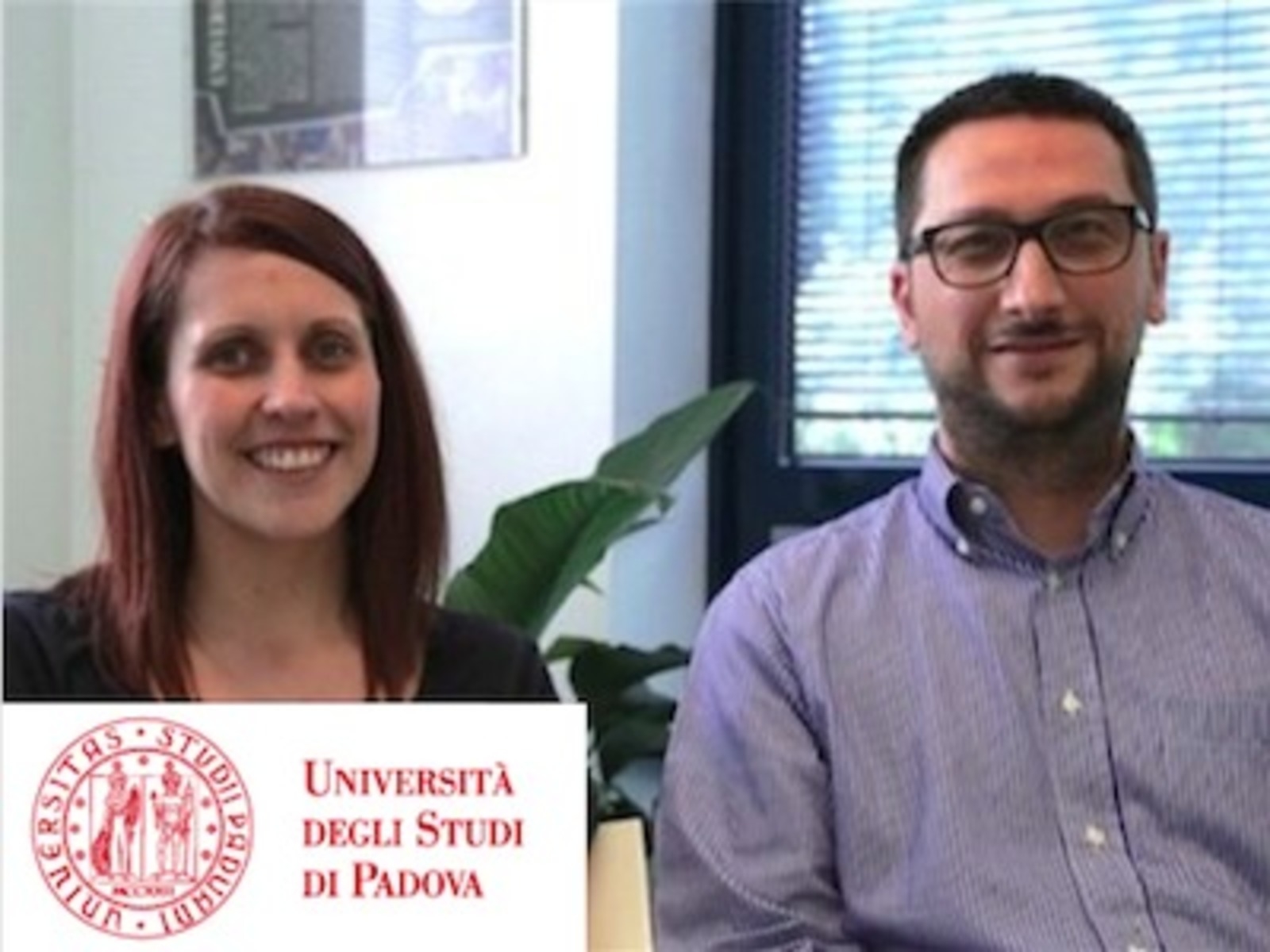
|
Course SummaryThis MOOC aims to provide students with a critical knowledge concerning the phenomenon of youth bullying. The course focuses on both traditional bullying that usually takes place on school premises and cyberbullying, which occurs via information and communication technologies. With a social-ecological perspective, the first part of the MOOC explores the boundaries of these phenomena, and analyzes the characteristics of youth involved and the social-psychological processes that underlie the different roles youth play in bully-victim-bystander dynamics. The second part of this MOOC covers the prevention and intervention strategies available at the international level. What will I learn?Our MOOC will help you answer the following questions: Who is this course for?The MOOC can be of high interest for people from all over the world and with different backgrounds (e.g. psychology, sociology, educational studies, public health, pediatrics) who wish to expand their knowledge and understanding of bullying among children and youth in a social-ecological perspective. What do I need to know?No prior knowledge of psychological concepts is needed, but can be helpful. Course ScheduleChapter 1: Introducing peer bullying In this chapter, you will learn what bullying is and how it differs from other types of aggression. Moreover, you will get an overview of the different forms that bullying can take in face-to-face and online interactions. Chapter 2: A global health perspective Bullying is recognized as a serious problem worldwide. Gain an overview of what International organizations say about it. You will also learn about how it changes during children’s development and about its consequences on youth’s life. Chapter 3: Individual risk and protective factors Complexity of bullying behavior requires a multidimensional explanation of why it occurs. Gain an overview of the cognitive, emotional, motivational, and moral factors that contribute to explain why some kids bully other kids. Chapter 4: Bullying as a group phenomenon Bullying dynamics are not limited to the bully-victim dyad. Learn to change your perspective to recognize the role of the whole peer group. You will gain some insight into the different roles peers can play in bullying situations and how the peer group can influence individual behavior. Chapter 5: How other contexts influence bullying Go even further and learn how bullying is influenced by other social environmental characteristics that lie in different contexts, including classrooms, schools, family, and culture. Chapters 6 and 7: Preventing and tackling bullying In these two final chapters you will learn what can be done to prevent and tackle bullying. You will learn what an evidence-based intervention is and you will gain an overview of the intervention strategies that can be implemented at different levels, from the broad community to the single individual student. Moreover, some experts from around the world will offer you concrete examples of programs to address bullying and cyberbullying. Our assistantsDuring the course you will meet our assistants: Sheila, Claudia and Valentina who will help you go through the materials and the assignments. University of PadovaFounded in 1222, the University of Padova is one of Europe’s oldest and most prestigious seats of learning: it is a multidisciplinary university, which aims to provide its students with both professional training and a solid cultural background. A qualification from the University of Padova is a symbol of having achieved an ambitious objective, one that is recognised and coveted by both students and employers alike. If you want to know more about the University of Padova, visit its website. Department of Developmental Psychology and Socialisation - Within the University of Padova, the Department of Developmental Psychology and Socialisation (DPSS) was founded in 1984, replacing the Institute of Developmental Psychology founded in 1965 on the initiative of professors Fabio Metelli and Guido Petter. Categories:
Starts :
2015-09-02 |
|
AlternativesIf you know any alternatives, please let us know. PrerequisitesIf you can suggest any prerequisite, please let us know. | ||
Let us know when you did the course Bullying 101: Beyond common sense.

Add the course Bullying 101: Beyond common sense to My Personal Education Path.

Select what exam to connect to the course. The course will be displayed on the exam page in the list of courses supported for certification with the exam.




